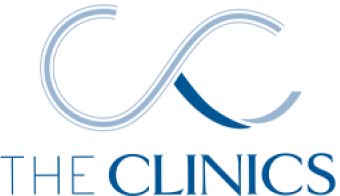
Fat Grafting
Fat grafting, also known as autologous fat transfer, is a minimally invasive procedure that enhances the body's contours and restores volume by transferring fat from one part of the body to another.

What is Fat Grafting?
Fat grafting, also known as autologous fat transfer, is a minimally invasive procedure that enhances the body’s contours and restores volume by transferring fat from one part of the body to another.
The donor fat can be harvested from areas like the abdomen, thighs, or flanks through liposuction. It’s then processed, refined and injected into areas where it is desired. Popular areas include the face, breasts, and buttocks.
Whether you are seeking facial rejuvenation with fat or enhancing your curves with a Brazilian butt lift, this procedure offers natural-looking results while also contouring the donor area from where the fat is removed.
Why Have Fat Grafting?
Fat grafting is an ideal option if you’re seeking natural enhancement. Since it uses your own fat, the procedure delivers results that look and feel like they’re part of your own body. The dual benefit of this technique lies in reducing fat from an unwanted area while using it to enhance another.
The results are long-lasting, as the transferred fat cells integrate into the recipient area, offering a smoother, more natural contour. Additionally, fat grafting is less invasive than surgeries that involve synthetic implants, leading to quicker recovery times.
Fat grafting can also be performed alongside a facelift to restore volume to facial areas such as temples, cheeks, under the eyes and lips.

Fat Grafting Quick Facts:
| Cost of Fat Grafting | TBD |
|---|---|
| Duration of Surgery | 2-6 hours |
| Hospital Stay Required? | No |
| Stitches Removed | N/A |
| Days of Social Downtime | 1 week |

What to Expect Before Surgery
Follow Pre-Operative Instructions:
Before your fat grafting procedure, it is essential to follow all pre-operative instructions provided by your surgeon. These may include fasting before surgery if general anesthesia is used and refraining from smoking, as smoking can negatively affect healing and reduce the survival of transferred fat cells.
Arrange for Help:
If you are undergoing gluteal fat grafting (Brazilian butt lift), we highly recommend arranging for assistance after surgery. Gluteal augmentation requires you to avoid sitting or lying directly on your buttocks for an extended period to ensure the survival of the transferred fat.
Having someone help with daily activities, especially during the first few days, can make your recovery more comfortable and reduce strain on the treated area.
Plan for Your Recovery Following Your Fat Transfer Procedure:
Your surgeon will provide post-operative instructions, including wearing compression garments to minimize swelling and support the healing of the donor area. For facial fat grafting, it is important to keep your head elevated, while for gluteal or breast procedures, you may need to avoid pressure on the treated areas for several weeks.
Expect some swelling and bruising, which should subside over time, with full results visible after several months as the body adjusts to the new contours.
We invite you to book a consultation with one of our expert plastic surgeons to find out if fat grafting is right for you.
How to Prepare for Fat Grafting

Do your research about what autologous fat transfer entails:
A preoperative consultation with your surgeon will help review your medical history and outline your specific goals for the procedure, ensuring the best possible outcome.

Quit Smoking:
You will need to stop smoking at least two weeks before the surgery as it can impair healing and reduce the survival of the transferred fat cells.
ELEGIBILITY Ideal Candidate for Fat Grafting
The best candidates for fat grafting are individuals who desire subtle improvements in their appearance. Keep in mind that you must have sufficient donor fat in areas such as your abdomen, hips or thighs.
Good general health is essential, as well as having realistic expectations about the outcome. Patients should understand that fat grafting aims for subtle outcomes rather than dramatic changes.
Some other factors to consider:
Skin elasticity plays a significant role in the success of the fat transfer, particularly in facial and breast procedures.
Additionally, patients should be emotionally and mentally prepared for fat transfer surgery, understand the recovery process and potential complications.




